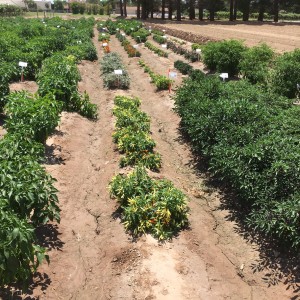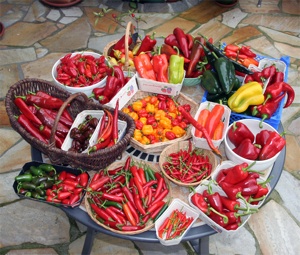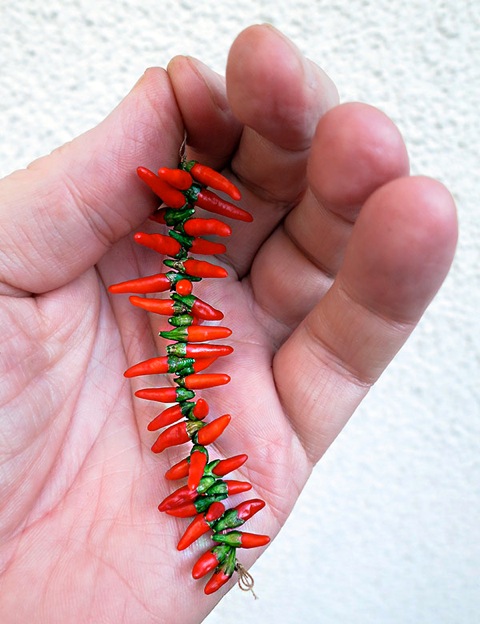Growing chile peppers in the Southwest is about as easy as, well, growing chile peppers in the Southwest. You have all this great weather for them and, why, it’s as if they’re native to the area or something…

It’s as if they just sprout out of the ground everywhere. Oh, wait…
Growing them someplace that gets actual cold more often than the desert does is not nearly so straightforward. Jack Frost may come visit New Mexico for a winter break, but when you’re going to HIS house to grow chiles, he’s got the home field advantage and he’ll give you a chilly reception. It’s nothing like those soda ads with the polar bears that don’t eat people. He gets summer off, though, which gives you a window to grow chile peppers if you’re smart. Here are some tips for cold climate pepper growing.
- Select early-maturing varieties. More than one seed company carries early-maturing jalapenos.
- Get an early start indoors, eight to ten weeks before the last expected frost date.
- Plant seed in a sterile, soilless mix, and keep the seed at 75 degrees, under fluorescent light ten to twelve hours a day.
- Two weeks before transplanting seedlings into the garden, cover the rows with clear plastic mulch to warm the soil.
- Before planting, harden off the seedlings by leaving them outside for two weeks or more, for increasingly long periods of time each day.
- Transplant seedlings when daytime temperatures average 70 degrees and nightime temperatures stay above 55 degrees (ideally).
- Soil pH should be 6.5; use a balanced fertilizer (5-10-5 or 10-10-10), but go easy on the nitrogen or you will have great-looking plants and no fruit.
- Cutworms can be a problem in northern gardens, so always protect seedlings with cardboard collars.
- Water during dry spells (at least 2 inches a week), especially after fruit set.
Want more information on growing peppers in cooler climes? Learn more here.
Latest posts by Mark Masker (see all)
- 2024 Scovie Awards Call for Entries - 07/07/2023
- 2024 Scovie Awards Early Bird Special: 3 Days Left - 06/29/2023
- 2024 Scovie Awards Early Bird Deadline Looms - 06/25/2023









